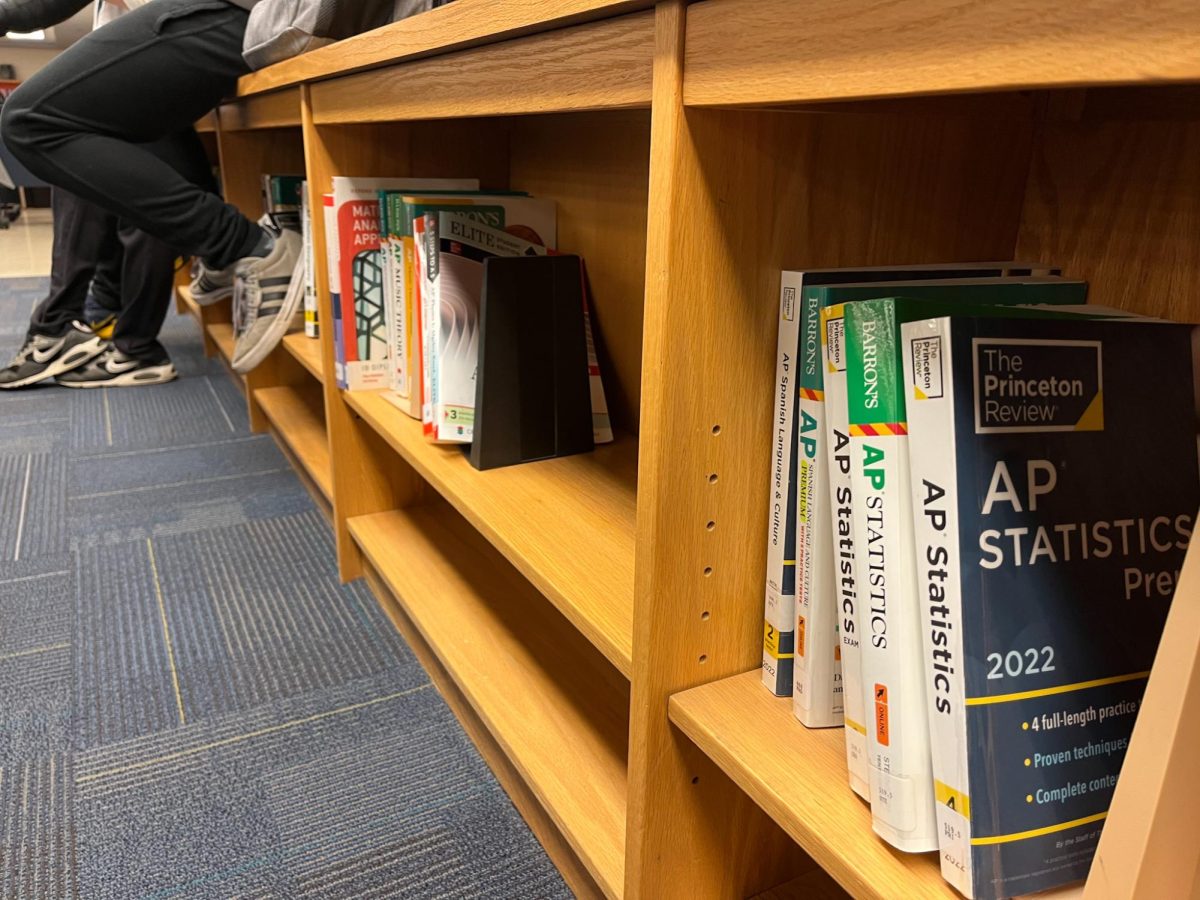Do you know where China is? Can you name the capital of Russia? OK, that one may seem easy, but CHS students would be surprised how little some students know about geography. How about the capital of India, the world’s second largest country? (It’s New Delhi). And if you knew that answer, could you find India on a map?
Geography is defined as the science that describes the surface of the earth and its political characteristics. Simply put, geography is knowing where places are in the world. Here at CHS, we think of ourselves as sophisticated, well-educated individuals, but one area of education where students seem to be lacking is geography. It is not entirely our fault—we can blame MCPS for our ignorance.
According to MCPS social studies PreK-12 program supervisor Maria Tarasuk, geography is embedded into the curriculum in all grade levels, but there is not a unit when all students stop and specifically study geography.
A recent Observer geography quiz on key facts such as capitals and locations of the world’s 15 most populous countries taken by 40 students—ten from each grade level—yielded average scores of 55 percent for freshmen, 55 percent for sophomores, 63 percent for juniors and 78 percent for seniors. While this quiz was small and may not be perfectly reflective of the true data, it illustrates the larger point that the CHS student body has weak knowledge of basic geography.
The quiz also showed both the best and the worst of students’ geographic knowledge. Zero percent of freshmen and sophomores knew the capital of Nigeria (It’s Abuja). Other mistakes included placing Nigeria in Latin America, Brazil in Europe, Pakistan in Eastern Europe, and the Philippines in Europe and Baja California. Only 50 percent of students polled knew the capital of India, the second most populated country in the world.
The good news is that every student polled knew where the US was and its capital. One student got 100 percent: senior Kamran Partovi.
“I’ve been interested in geography ever since I was a young child,” Partovi said. “If MCPS does not want to offer geography, they should at least further integrate it into existing social studies courses.”
According to AP Human Geography teacher Adam Field, to some extent, students are not completely to blame because the current MCPS curriculum emphasizes math and reading at the expense of social studies. This change has taken place at the state level.
“The state of Maryland adopted standards for social studies in 2000,” Tarasuk said. “These established what content was the most important to be taught.”
In a globalized world, geographic knowledge has become more important.
“As our world is becoming more and more globalized we need to begin to understand the role each country plays and how that’s affected by their geography,” junior and former AP Human Geography student Michelle Ahn said.
Students from this generation seem to be less knowledgeable than previous generations about geography. Since MCPS students have not systematically learned the locations of the world’s nations, never mind their capital cities.
“Students know the basics,” senior Casey Fitzgerald said. “Like where the United States, Europe, and Africa are, but some people only know that and nothing further.”
According to a 2006 Geographic Literacy study, nearly two-thirds of Americans aged 18 to 24 could not find Iraq on a map.
While it may be uncertain how important knowing geography is today, it is clear CHS students need more practice.
“When I was in school, they made me memorized the states,” Field said. “This was before the Internet. It may have been more important back then; the information isn’t at your fingertips.







